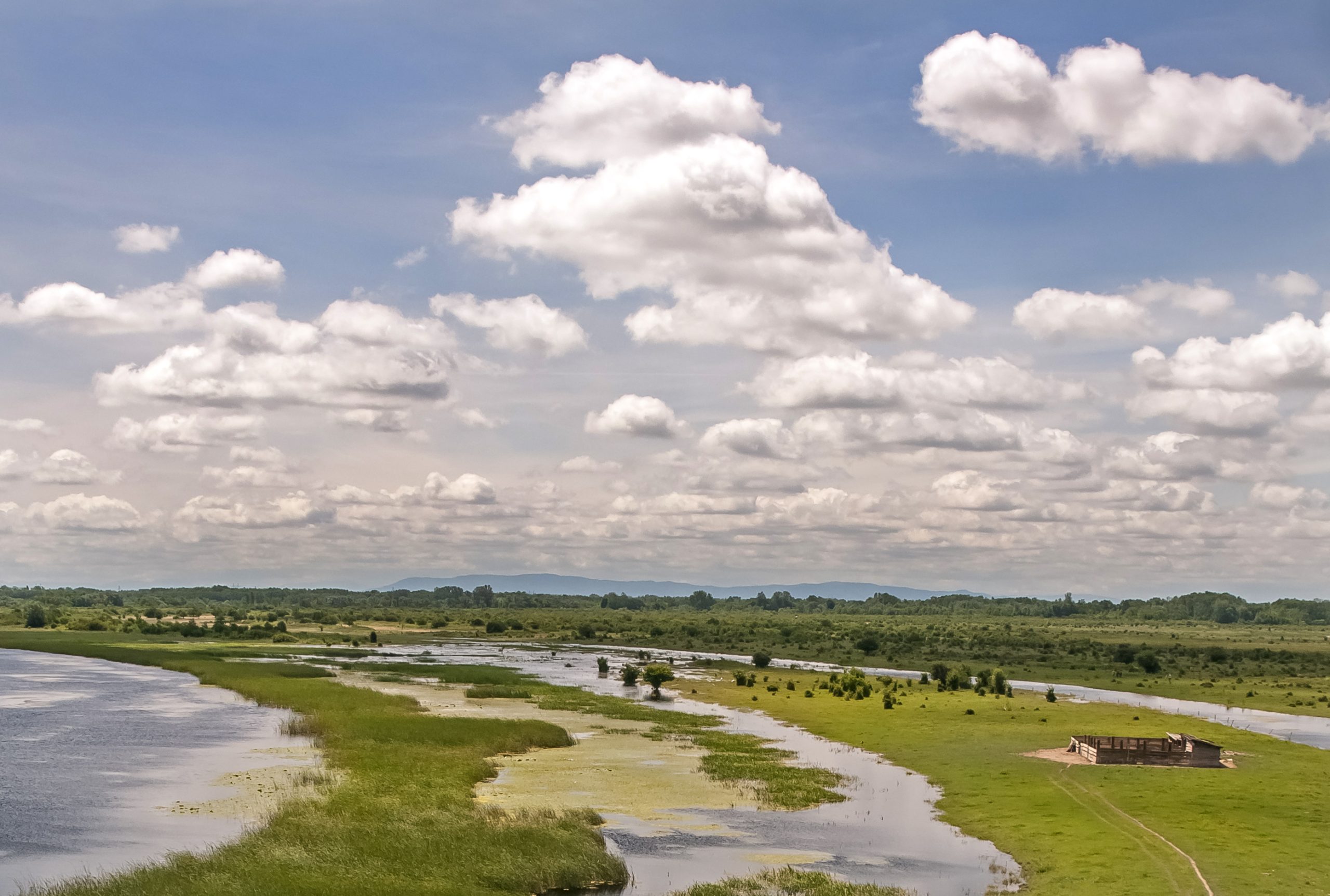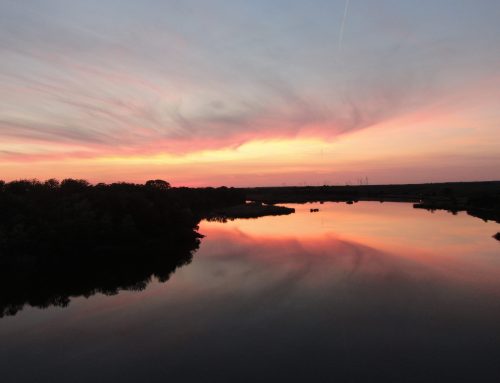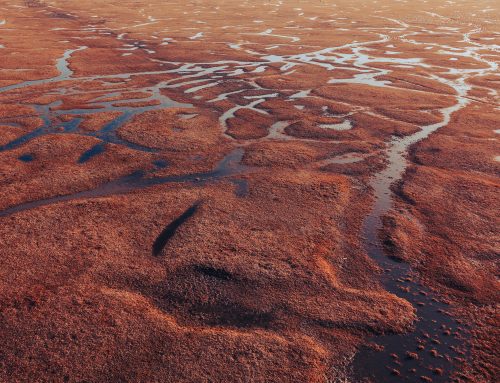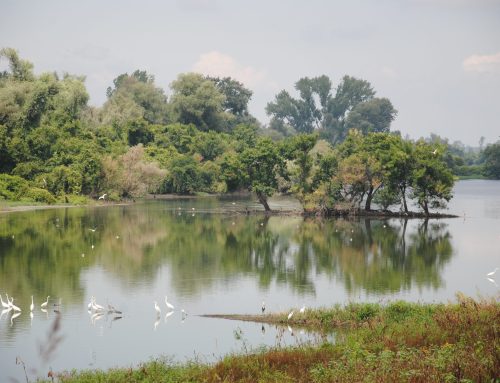The Zasavica Special Nature Reserve combines natural heritage with sustainable tourism
The Zasavica Special Nature Reserve is located near Sremska Mitrovica, where the South Vojvdina meets the North Mačva. It is one of the richest areas in Europe in terms of biodiversity. With over 700 plant and 300 bird species, Zasavica attracts thousands of visitors every year and offers an authentic nature experience and a unique gastronomic adventure. A particular local speciality is donkey’s milk cheese, one of the most expensive in the world, which is produced only in this region and is famous all over the world.
The preservation of this wetland is crucial for maintaining the balance of nature. This oasis of biodiversity is located in close proximity to urban areas and yet is sufficiently isolated to offer its visitors a sense of unspoilt nature.
| Donkey’s milk cheese, known as pule, is unique because donkey’s milk has a very low fat content, which makes it quite difficult to make cheese. To make one kilogramme of cheese, you need about 25 litres of milk. Only just over 40 kilogrammes of this cheese are produced each year. The price for a pack of about 50 grammes is around 7200 RSD, while the cheese in luxury packaging costs as much as 10,800 RSD. The limited production and unique flavour make this cheese very popular and highly valued on the world market. |
Vuk Simić, the managing director of Zasavica, says that the protection of this area also benefits the local population, as they live in a healthy and unpolluted environment, which improves their quality of life and helps to preserve the natural resources on which they depend.
“Tourism in Zasavica is strictly regulated and only allowed in a small part of the reserve, while the other parts remain untouched. Every visitor who buys an entrance ticket contributes directly to funding the protection of this unique ecosystem. From the very beginning, the local community has been involved in ecotourism and has benefited greatly from it. Many villagers are involved through various forms of cooperation, whether through employment or production, which has contributed to the increasing popularity of the village itself,” says Simić.
This balance between tourism and conservation allows visitors to better understand the importance of preserving these habitats and to explore them in a sustainable way, with full respect for the natural balance. This approach is clearly reflected in the activities, such as a 40-minute trip on the Umbra tourist boat on the Zasavica river, which covers four kilometres of the so-called water mirror, a water surface that reflects its surroundings and creates a special visual effect that offers a unique experience of nature.
“This trip was one of the first tourist activities in the reserve and is still very popular. Every year, thousands of schoolchildren come on educational field trips and enjoy the tranquillity and beauty of nature. A few years ago, we introduced a safari with an electric bus through the Valjevac pasture. Visitors travel by bus through the pasture, which is home to more than 400 free-roaming wild horses, 300 donkeys and around 50 Podolian cows. Wild horses galloping freely with other animals create a memory that will never fade. In addition, the bus is often stopped by the donkeys, which approach the visitors and expect to be stroked,” explains Simić.
Natural characteristics
The reserve itself covers 3600 hectares of protected area, and its main watercourse is the Zasavica river. It flows through the old riverbed of the Sava, but its water does not come from the Sava, but from the Drina.
“This is a consequence of hydrographic changes in the past. The water of the Drina has partly shifted towards the Zasavica, which has turned the latter into a unique ecosystem in which different water influences are interwoven. This special water dynamic has enabled the preservation of numerous rare plant and animal species, which is why Zasavica is now one of the most important areas for the protection of biodiversity in Serbia,” says Simić.
Zasavica is home to the carnivorous plant waterwheel (Aldrovanda vesiculosa), the only remaining Aldrovanda species in Serbia, as well as the European mudminnow (Umbra krameri), a fish that was considered extinct until it was rediscovered in the Zasavica river in 1996. In addition, the reserve was the first place in Serbia where the European beaver (Castor fiber) was successfully reintroduced into the wild after several decades of absence.
The project EU for the Green Agenda in Serbia is giving nature conservation an additional boost. It is helping to revitalise the Valjevac pasture and restore wet meadows, which are crucial for the survival of many plant and animal species.
“This project makes it possible for Zasavica to remain an example of sustainable coexistence between people and nature while contributing to climate action and environmental awareness. Thanks to these efforts, the Zasavica Reserve is constantly improving its offer, which increases the interest of visitors, with a growing number of both new and returning guests,” concludes Simić.
Zasavica is not just a nature reserve, but proves that it is possible to combine tourism and nature conservation and offer every visitor an unforgettable experience.
This text was produced as part of the campaign for the conservation of wetlands in Serbia “It’s not just a pond”, implemented with the financial support of Sweden, represented by the Swedish International Development Cooperation Agency (Sida), within the “EU for Green Agenda in Serbia” project. This project is implemented with the technical and financial support of the European Union and in partnership with the Ministry of Environmental Protection by the United Nations Development Programme (UNDP), in cooperation with Sweden and the European Investment Bank (EIB), with additional funding provided by the governments of Sweden, Switzerland and Serbia.
Photo Vladimir Dobretic, PZZP




